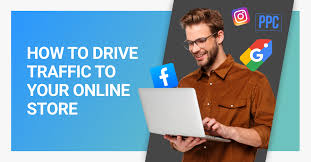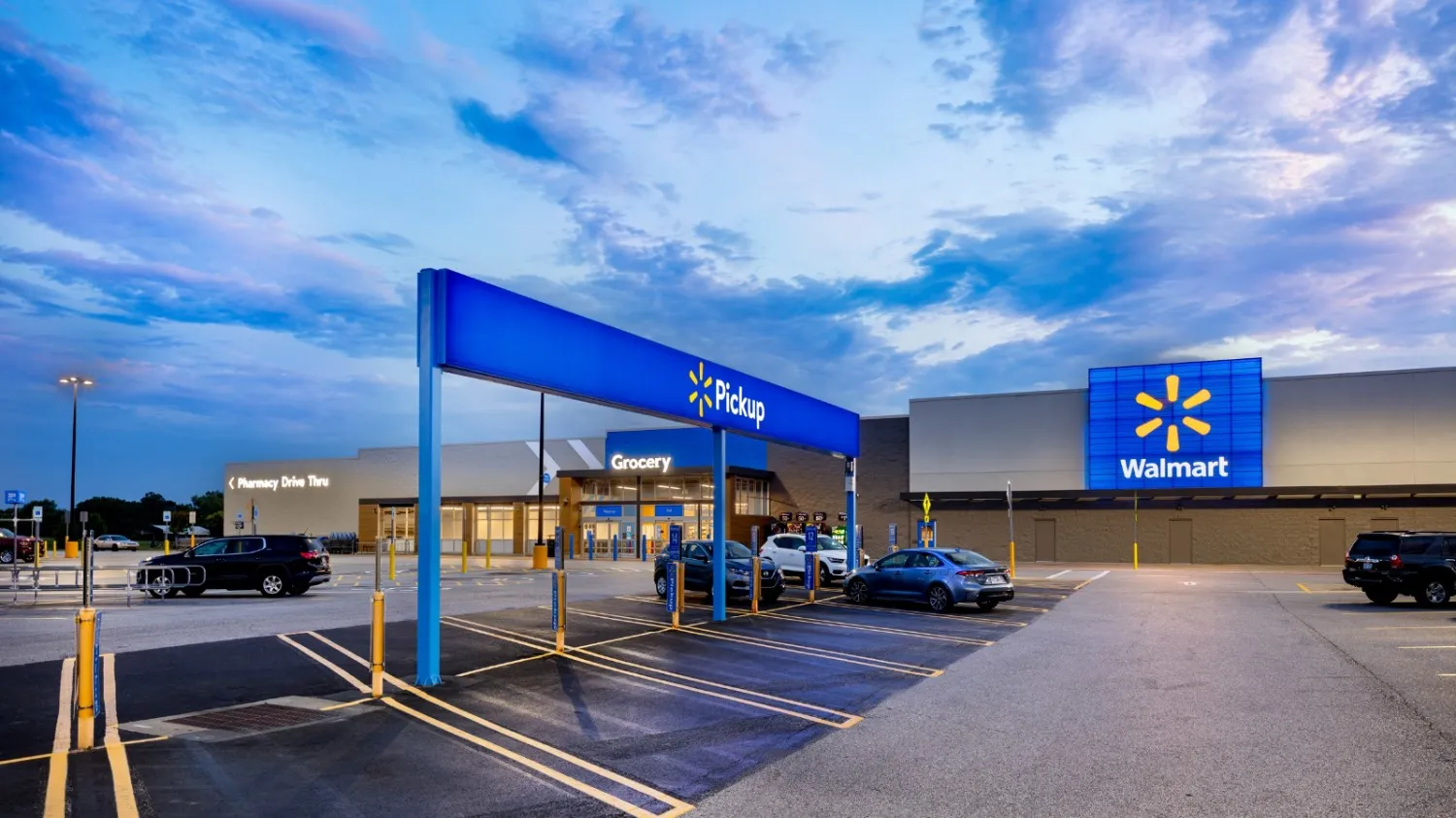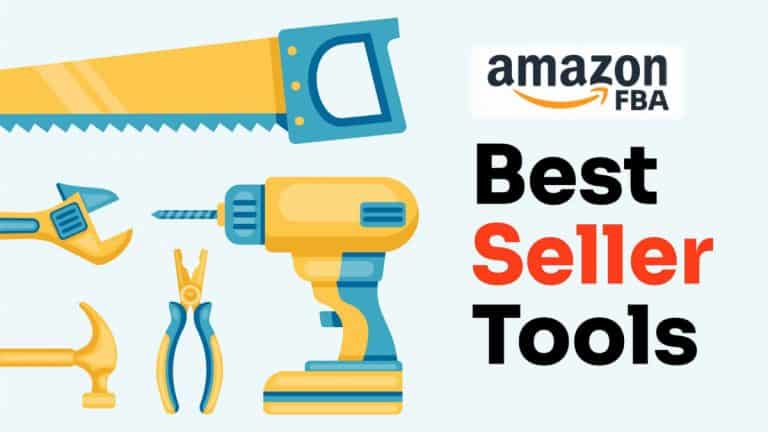SEO Tactics to Drive Traffic to Your Online Store

SEO Tactics to Drive Traffic to Your Online Store
In today’s competitive eCommerce landscape, driving organic traffic to your online store is essential for long-term success. Search Engine Optimization (SEO) plays a crucial role in ensuring your store ranks higher on search engines like Google, bringing in potential customers who are actively searching for products you offer. Implementing the right SEO tactics can significantly increase your visibility, enhance user experience, and boost conversions. Here are some of the most effective SEO strategies to drive traffic to your online store.
Keyword Research and Optimization
Keyword research is the foundation of any SEO strategy. Understanding what your target audience is searching for allows you to optimize your website accordingly. Use tools like Google Keyword Planner, Ahrefs, and SEMrush to find high-volume, low-competition keywords relevant to your niche. Focus on long-tail keywords, as they tend to attract more specific and conversion-ready traffic. Once identified, strategically incorporate these keywords into your product titles, descriptions, meta tags, and URLs.
Optimizing Product Pages for SEO
Each product page should be fully optimized to rank well on search engines. Start with a compelling product title that includes your primary keyword. Write detailed, unique product descriptions that highlight the features and benefits while naturally integrating relevant keywords. Use high-quality images and videos with optimized alt tags to improve accessibility and image search rankings. Additionally, ensure that each product page has clear call-to-actions (CTAs) to encourage purchases.
Technical SEO and Site Performance
A well-optimized website with fast loading speeds improves user experience and search rankings. Google prioritizes websites that load quickly and provide seamless navigation. Use tools like Google PageSpeed Insights to analyze and optimize your site speed by compressing images, using a content delivery network (CDN), and minimizing unnecessary scripts. Additionally, ensure your site is mobile-friendly, as a large portion of online shoppers use mobile devices.
Content Marketing and Blogging
Creating valuable content is an excellent way to attract organic traffic and establish your brand as an authority in your niche. A blog section on your online store can help target a broader audience by covering topics related to your products. Write informative, engaging, and keyword-optimized blog posts that answer common customer queries. For example, if you sell skincare products, you can publish articles about skincare routines, ingredient benefits, or product comparisons. Internal linking within your blog can also drive traffic to your product pages.
Building High-Quality Backlinks
Backlinks from authoritative websites signal to search engines that your site is trustworthy and valuable. Engage in guest blogging, collaborate with influencers, and get featured in industry publications to acquire high-quality backlinks. Additionally, reach out to bloggers and websites within your niche to request link placements. Avoid spammy link-building tactics, as they can negatively impact your site’s ranking.
Leveraging Social Media for SEO
While social media does not directly impact SEO rankings, it plays a significant role in driving traffic and increasing brand awareness. Share your product pages, blog posts, and promotional content across social platforms like Instagram, Facebook, Twitter, and Pinterest. Engaging content that encourages shares and interactions can generate more website visits and potential backlinks. Utilizing social media ads can also help boost traffic and conversions.
Optimizing for Local SEO
If your online store has a physical presence or serves specific regions, local SEO is crucial. Optimize your Google My Business (GMB) listing with accurate business details, reviews, and location-based keywords. Encourage satisfied customers to leave positive reviews, as they enhance credibility and local search rankings. Additionally, include location-based keywords in your content to attract local customers.
Enhancing User Experience (UX)
A user-friendly website leads to higher engagement and conversions. Simplify site navigation, create a seamless checkout process, and ensure product categories are well-organized. Providing multiple payment options, clear shipping details, and responsive customer support can further improve user satisfaction. A well-structured website with an intuitive design reduces bounce rates and increases the likelihood of repeat visits.
Monitoring and Analyzing SEO Performance
Regularly tracking your SEO performance is crucial for making data-driven improvements. Use tools like Google Analytics, Google Search Console, and Ahrefs to monitor website traffic, keyword rankings, and user behavior. Identify which pages are performing well and which need optimization. Analyzing conversion rates, bounce rates, and traffic sources helps refine your SEO strategy for better results.
Conclusion
Driving traffic to your online store through SEO requires a strategic and consistent approach. By conducting thorough keyword research, optimizing product pages, improving site performance, leveraging content marketing, and building high-quality backlinks, you can significantly enhance your store’s visibility. Social media engagement, local SEO, and a seamless user experience further contribute to attracting and retaining customers. Regularly monitoring your SEO efforts ensures that you stay ahead of competitors and continue growing your online store’s traffic and sales.





